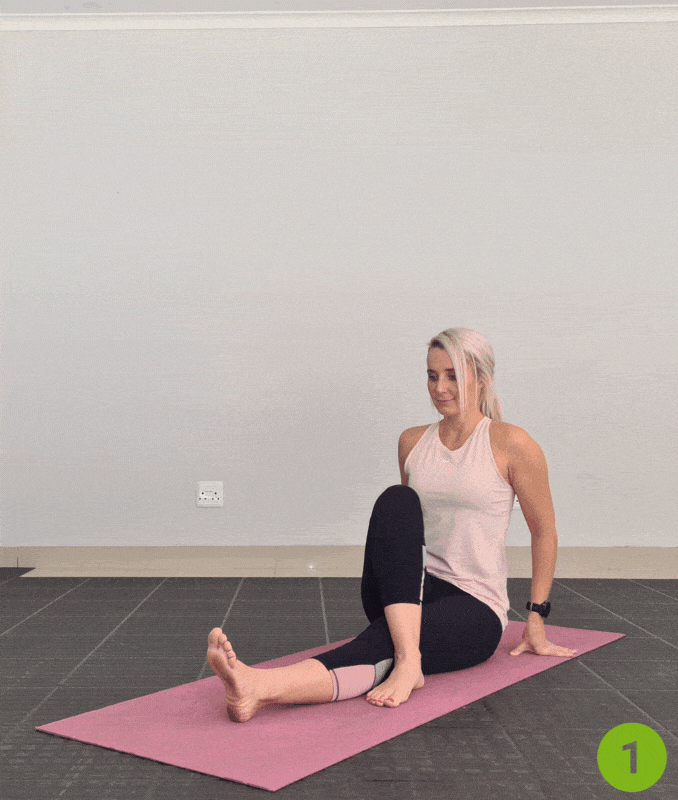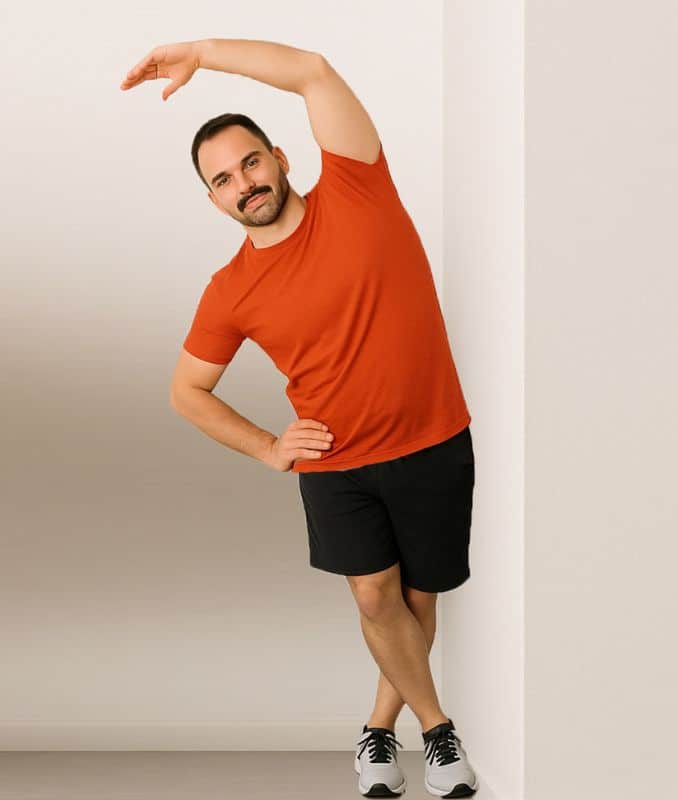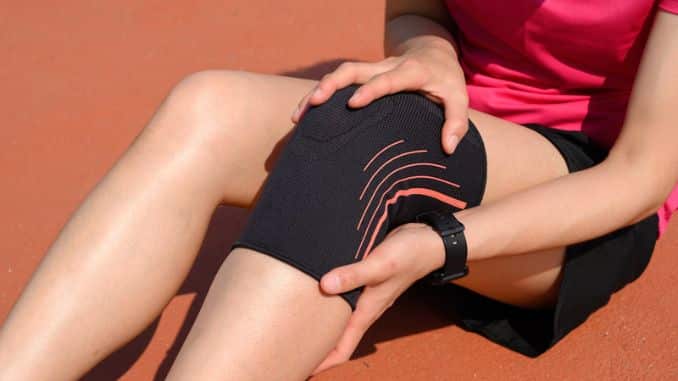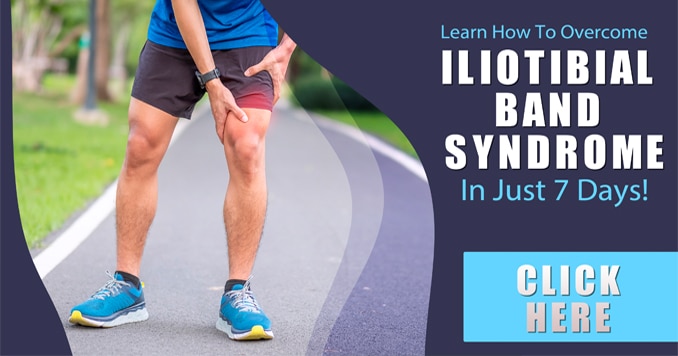If you’ve ever experienced a tight IT band, you know how frustrating and painful it can be — which is why learning how to foam roll IT band properly can make a big difference. Iliotibial band syndrome (ITBS) [1] is a common issue among runners, cyclists, and then even those who spend long hours sitting.
Fortunately, appropriate foam rolling [4] and stretching techniques can reduce tension and alleviate discomfort caused by ITBS. In this guide, we’ll cover how to foam roll your IT band, effective stretching techniques, and then essential dos and don’ts to prevent injuries.
Step-by-Step Guide: How to Foam Roll Your IT Band
Basic IT Band Foam Roll

- Starting position: Lie on your side with the foam roller placed under your outer thigh, just below your hip.
- Support your body weight: Keep your hands on the ground and then cross your top leg over for support.
- Roll slowly: Move your body to roll from the hip to just above the knee.
- Focus on tight areas: Pause for 20–30 seconds on particularly tender areas to promote myofascial release [3].
- Repeat: Roll back and forth for about 30 seconds, then switch sides.
According to Dr. Kelly Starrett, a well-known physical therapist and author, “When foam rolling the IT band, don’t just roll up and down. Focus on the surrounding muscles, such as the glutes, tensor fasciae latae (TFL) [2] , and vastus lateralis. Start at the hip, rolling gently to the knee, but also spend time targeting the TFL by rolling diagonally. This helps alleviate tension throughout the entire area rather than just the IT band itself. Remember to breathe and stay relaxed; this will enhance the effectiveness of the release.”
IT Band Stretching Exercises
1. Seated IT Band Stretch

- Basically begin in an upright sitting position on the floor with your legs extended in front of you.
- Maintain good alignment with your upper body.
- Cross your right leg over your left thigh, placing the foot flat on the floor.
- Engage your core muscles.
- After that, gently twist your upper body to the right side as you learn how to foam roll IT band.
- Use your left arm to gently pull your right knee across your body and towards your chest.
- Hold the position for several deep belly breaths, in through your nose and out through your mouth.
- Relax and then repeat the movement on the opposite side.
2. Standing IT Band Stretch

- Begin in an upright standing position with your feet hip-width apart.
- Maintain good alignment with your head, shoulders, hips, and legs.
- After that, cross your right leg over your left leg.
- Engage your core muscles and then hinge at your hips, keeping your spine neutral as you bend forward and reach your hands to the floor.
- Hold the position for several deep belly breaths, in through your nose and out through your mouth.
- Relax and then repeat the movement on the opposite side.
3. Wall-Assisted IT Band Stretch

IT Band Foam Rolling: Dos and Don’ts
✅ Dos:
- Start with gentle pressure and then increase gradually.
- Engage core muscles to avoid poor form.
- Roll slowly to allow for effective soft tissue mobilization and myofascial release.
- Combine foam rolling with stretching for best results.
- Listen to your body and stop if it causes pain beyond mild discomfort.
❌ Don’ts:
- Avoid rolling directly over the knee joint.
- Don’t rush—fast rolling won’t effectively release tension.
- Don’t roll only the IT band; include the tensor fascia latae (TFL) muscle and then lateral quad.
- Avoid excessive foam rolling; limit to 1-2 minutes per session.
How to Relieve IT Band Pain Beyond Foam Rolling
- Increase Muscle Strength
Strengthening core muscles and then hip abductors helps prevent IT band tightness.
Try clamshells, side leg raises, and then bridges to enhance stability. - Self-Massage & Myofascial Release
Use a foam roller or self-massage techniques to reduce soft tissue adhesions and improve mobility.
For stubborn pain, consult a sports physical therapist. - Use Heat and Ice
Applying an ice pack after activity can reduce inflammation, while a heating pad before exercise improves soft tissue extensibility. - Modify Activity & Address Poor Form
If you experience pain, avoid repetitive movements like running on slanted surfaces.
Check running shoes, posture, and biomechanics to address the underlying cause.
What is ITBS?
IT band syndrome (ITBS) is a painful condition affecting runners and other athletes. It can occur with almost any type of running, but it’s more common in activities where you have to push from a static position constantly or when you have side-to-side motion as opposed to forwarding motion.
If you’re a runner who struggles with ITBS, there are some great ways to heal your IT band syndrome for runners and get back on the road again.
Read on for more information about how you could be developing pain in your IT band as a runner and then how you can take action to recover from ITBS for runners.
How Does ITBS Develop?
Repeated friction in the area as you run most commonly causes ITBS. This can be due to an issue with your shoes, poor running form, or even a muscle imbalance.
If your IT band is too tight, it can irritate the area – even if it’s not moving out of place.
Inflammation of the tissues in your knee can occur if your IT band is rubbing against the bones and is too tight.
If you have an injury in your knee and it’s not treated, the sides of your knee joint can also become inflamed.

Why Does It Hurt So Bad?
The most common symptom of ITBS is knee pain. This can be concentrated in one area of your knee or move from one side to the other. You may also experience pain when you walk or increased pain at rest.
Runners with ITBS often feel pain outside their knee that can sometimes extend down to the ankle. This is due to the tissues in the knee becoming inflamed from the tightness in the IT band.
How Big of a Problem is ITBS for Runners?
It’s shocking how many runners end up with IT Band syndrome. Only 12% of them will develop Iliotibial Band syndrome.
The common belief is that if your IT Band is stretched, everything will be fine with your Iliotibial Band Syndrome or IT Band Syndrome.
This is not what I discovered on my own or shared with my clients. Although I do stretching, it is only one piece of the puzzle about Iliotibial Band Syndrome.
Improving tissue quality is something I am focused on when it comes to the IT Band.
The foam roller is one of my favorite tools. I foam roll the IT band (and will review it in a moment). Along with foam rolling IT Band, I will move between the outer and front of the leg and work between these two areas.
I will then go in the opposite direction. I won’t go straight on the back of your hamstrings. Instead, I will move in between your hamstrings.
How I Target the IT Band
Foam rolling starts at the top of your pelvis, above the hip joint. Then move down to the knee.
Continue to go a few more times: 5x up, 5x down, 5x side-by-side, front and back, and 5x side-by-side.
Best Way to Stretch the IT Band
The best way to stretch the IT band is to sit on the floor with your legs straight out. Stretch one leg at a time, keeping the other leg bent, which will help you maintain balance while stretching.
Try to sit up straight with your back and shoulders down for the best results. Next, bring your knee towards your chest, grabbing your toes or the top of your foot with both hands.
Hold this stretch for 20 seconds, then repeat on the other leg.
You can also try placing a towel or rolled-up yoga mat under the knee when stretching the IT band. For the best results, extend both legs at the same time.
But what exactly is an IT band? And why should expanding it matter to you?
Let’s explain, then.
The thick tendon that runs from your hip to your knee inside your leg is known as the IT band.
It supports the calf muscles, which move as you take a step, and so aids in stabilizing your hip joint.
If you have any discomfort or stiffness in this area, it may be caused by a lack of strength or flexibility in one or more of the following areas:
Your hips: If you find it challenging to sit for more than 10 minutes at a time or go upstairs without experiencing pain in this area, it’s possible that one of your hips isn’t providing as much support as it should. Strengthening activities may need to be designed to increase mobility and flexibility.
I’m wrapping up my Iliotibial Band Syndrome Solution course right now. You won’t have to wait long because it will be available shortly. But I’m sure the wait was worthwhile. I appreciate your patience very much.
As I’ve stated in past writings on the opponents of the idea of stretching your iliotibial band, these aren’t true. So let’s continue and talk more about extending the iliotibial band.
Since I think many people will benefit from stretching the IT Band, I’m actively looking for valuable techniques.
Conclusion: Take Control of Your IT Band Health
A tight IT band doesn’t have to sideline you. By integrating foam rolling, targeted stretching, and strengthening exercises, you can manage ITBS, improve mobility, and reduce the risk of recurrence.
Be consistent with these techniques, and if pain persists, seek sports physical therapy for further guidance.
Have you tried these techniques? Share your experience in the comments!
Struggling with stubborn hip or knee pain from Iliotibial Band Syndrome? Get instant access to our expert-designed IT Band Syndrome Solution – a step-by-step digital guide with proven stretches, exercises, and recovery tips. Download now and start your journey to pain-free movement today!
FAQs
Symptoms of ITBS
- Pain on the outside of the knee
- Discomfort in the hips or thigh
- Swelling in the knee area
- Tenderness along the IT band
- Stiffness in the hip or knee
Is there a wrong way to foam roll?
Yes, rolling too fast, applying too much pressure, or rolling over bony areas can cause injury. It’s important to use slow, controlled movements and avoid sensitive spots.
Can a foam roller help with hip pain?
Yes, foam rolling can help alleviate tightness in the hip muscles, which may reduce pain and improve mobility.
How long does it take for IT band tightness to go away?
Recovery can vary; it may take days to weeks depending on severity and treatment methods.


